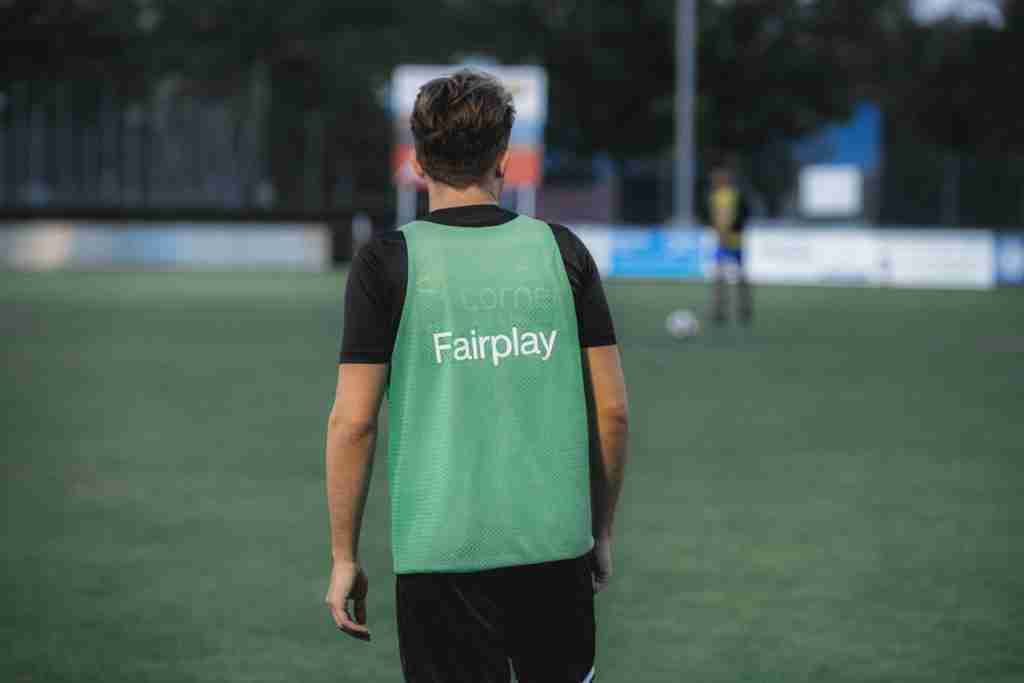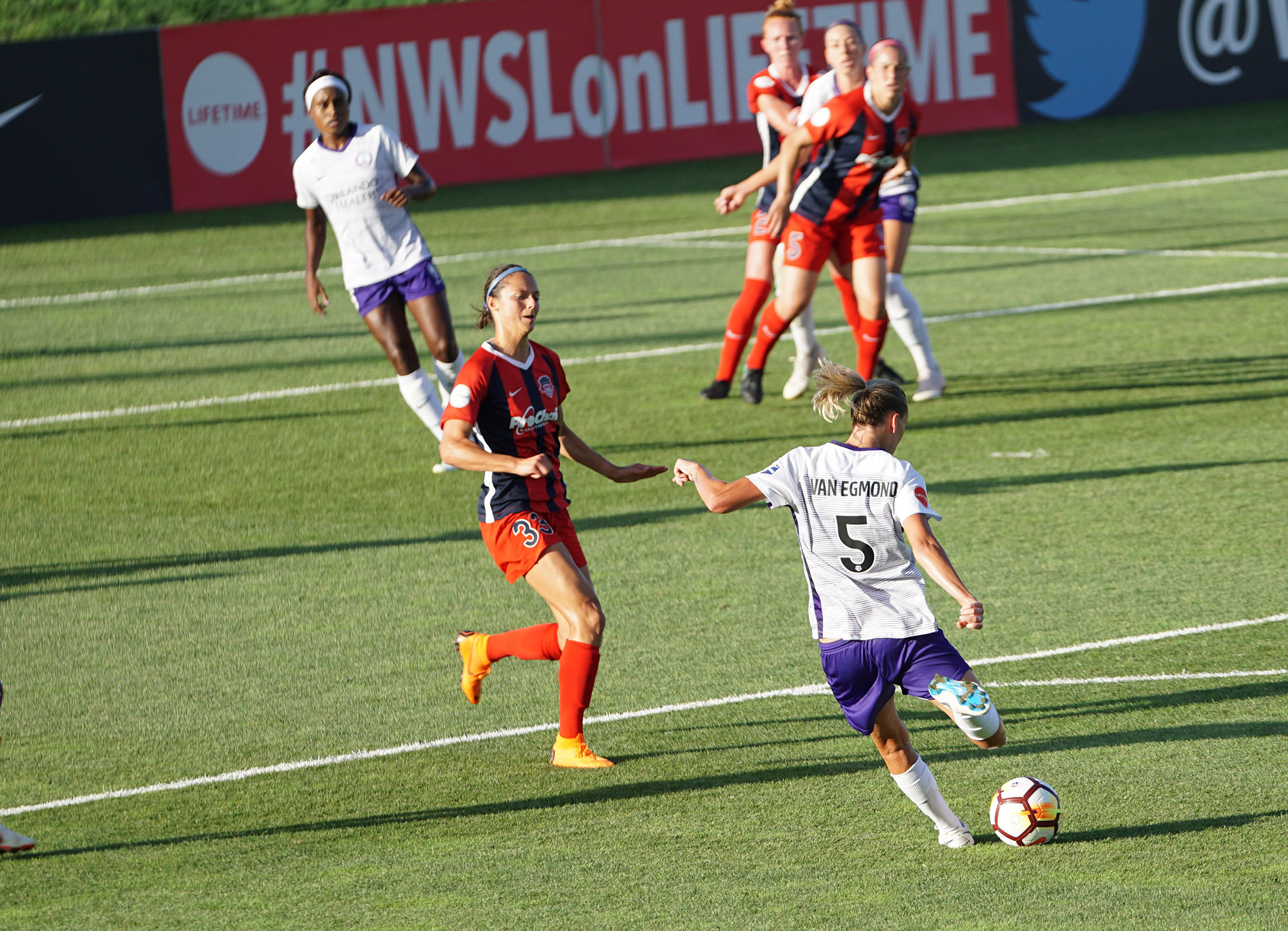Are you curious about how teams prepare for those perfectly executed set-piece routines in a match? In this article, we will explore the various methods that teams employ to practice these crucial game-changing strategies. From hours spent on the training ground to detailed video analysis sessions, teams leave no stone unturned in their quest for set-piece mastery. So, if you’ve ever wondered how those free-kicks, corner kicks, and throw-ins come together so seamlessly on the pitch, read on to uncover the secrets behind their meticulous preparation.

Player Roles in Set-Piece Routines
The importance of specialized roles
When it comes to set-piece routines, having players who understand their specialized roles is crucial for achieving success. Each player has a specific responsibility to execute during a set-piece, whether it’s a corner kick, free-kick, or throw-in. These roles often require specialized skills, such as good positioning, accurate passing, aerial ability, or goal-scoring prowess. By assigning players to specific roles, teams can maximize their chances of scoring or defending effectively during set-piece situations.
Key players involved in different set-pieces
Different set-pieces require various players to take on key roles. For instance, during a corner kick, teams often assign their tallest and most aerially dominant players to attack the ball and try to score. These players are skilled at timing their jumps and heading the ball accurately. On the defensive end, a team might assign its most adept players in marking opponents and clearing the ball. Similarly, during a free-kick or throw-in, players with strong passing ability are often assigned to deliver the ball accurately to their teammates.
Training methods to teach specific roles
To prepare players for their specific roles in set-piece routines, teams employ various training methods. Coaches emphasize the importance of proper technique, positioning, and decision-making during training sessions. They break down the set-piece routine into smaller drills that focus on specific actions, such as making runs, marking opponents, or delivering accurate passes. By practicing these individual skills, players are better equipped to execute their roles effectively during a match. Additionally, video analysis and game simulation exercises play a crucial role in helping players understand their responsibilities and fine-tune their skills.
Analyzing Opponents and Identifying Set-Piece Opportunities
Studying opponents’ weaknesses
Understanding the weaknesses of opponents is key to identifying potential set-piece opportunities. Teams analyze their opponents’ defensive and offensive patterns, paying close attention to their vulnerabilities. This analysis includes studying how opponents defend against set-pieces, identifying players who are weak in aerial duels or poor at marking. By identifying these weaknesses, teams can exploit them and create scoring chances during set-piece situations.
Identifying potential set-piece situations
While studying opponents’ weaknesses is essential, it is equally important to identify potential set-piece situations in a match. Teams look for situations where they have the advantage, such as when a foul is committed near the opponent’s goal or when their own players possess strong abilities in aerial duels. By recognizing these situations, teams can proactively plan set-piece routines and increase their chances of scoring or defending successfully.
Scouting reports and video analysis
To support their analysis, teams rely on scouting reports and video analysis. Scouting reports provide detailed information on opponents’ set-piece routines, their key players, and their strengths and weaknesses. By studying these reports, teams gain insights into opponents’ strategies and can adjust their own set-piece routines accordingly. Video analysis allows coaches and players to visually analyze opponents’ set-piece routines and identify patterns or areas where they can exploit weaknesses. This combination of scouting reports and video analysis helps teams make informed decisions and devise effective set-piece strategies.
Designing Set-Piece Plays
Developing strategies and tactics
Designing set-piece plays requires careful consideration of strategies and tactics. Coaches and players collaborate to develop a plan that takes into account the team’s strengths and opponents’ weaknesses. They analyze the specific situations where set-pieces are likely to occur and devise strategies to maximize scoring or defensive opportunities. This process involves identifying players who have the skills necessary to execute the plays effectively and creating a cohesive plan that aligns with the team’s overall game plan.
Selecting appropriate set-piece routines
Once the strategies are in place, teams select appropriate set-piece routines based on the specific circumstances. This involves choosing the most effective plays from their playbook that have a high likelihood of success against a particular opponent. Coaches consider factors such as the positioning of players, the strength of the defensive or offensive line, and the likelihood of success based on previous analysis. By selecting the right set-piece routines, teams increase their chances of achieving their desired outcome.
Factors considered while designing plays
Several factors come into play while designing set-piece plays. Coaches consider the strengths and weaknesses of their own players and opponents, as well as the overall game plan. They analyze the positioning of players, taking into account their height, aerial ability, and technical skills. Additionally, coaches consider the element of surprise, aiming to create plays that catch opponents off guard. The effectiveness of set-piece plays also depends on the execution under pressure, which may require rehearsing the plays repeatedly during training to ensure perfection.
Training Ground Preparation
Setting up practice fields
To effectively train for set-piece routines, teams must set up practice fields that mimic game situations. This involves strategically placing cones or markers to represent the positions of players, goals, and other objects on the field. Coaches meticulously map out the positions of players for each set-piece routine to ensure the drills simulate real match scenarios accurately. By creating an environment that closely resembles game conditions, players can develop the necessary skills and make seamless transitions from training to actual matches.
Equipment requirements for set-piece training
Set-piece training requires specific equipment to replicate match scenarios. Teams utilize cones or markers to represent players and position them accordingly. In addition, goals, nets, and training aids such as mannequins or defensive walls are essential to provide a realistic setting for training drills. Coaches also utilize training bibs or different-colored vests to distinguish between attackers and defenders during sessions. The availability of accurate equipment is vital to ensure players can practice set-piece routines effectively and efficiently.
Role of coaches and support staff
Coaches and support staff play a critical role in training ground preparation for set-piece routines. Coaches carefully plan and strategize the training sessions, ensuring that they cater to the specific needs of the team. They oversee the setup of the practice fields, ensuring that everything is in place for the drills. Coaches provide guidance and feedback to players throughout the training process, helping them understand their roles and improve their skills. Support staff, such as video analysts and sports scientists, also contribute by providing valuable insights and data to enhance the team’s set-piece performance.

Set-Piece Specific Drills
Practicing delivery techniques
Set-piece training involves practicing various delivery techniques, such as corner kicks, free-kick deliveries, or long throw-ins. Players focus on improving their accuracy, trajectory, and speed of the deliveries. They work on developing the ability to consistently deliver the ball into the desired areas, whether it’s finding a teammate in a crowded penalty box or whipping in a dangerous cross from out wide. By practicing delivery techniques, players enhance their chances of creating goal-scoring opportunities during set-pieces.
Working on timing and coordination
Timing and coordination are crucial aspects of set-piece routines, and teams dedicate specific drills to improve these skills. Players work together to time their runs, jumps, or defensive clearances appropriately. For attacking players, it is essential to synchronize their movements to create space and anticipate the trajectory of the ball. Defensively, players practice marking opponents effectively, ensuring they challenge for the ball at the right moment. By working on timing and coordination, teams can maximize their chances of scoring or preventing goals during set-pieces.
Simulating in-game scenarios
To make set-piece training as realistic as possible, teams simulate in-game scenarios during drills. Players practice set-piece routines in various match situations, including different positions on the field and different game scenarios, such as trailing or leading in the scoreline. This allows players to adapt to changing circumstances and make quick decisions under pressure. By simulating in-game scenarios, teams prepare for the unpredictability of matches and develop the ability to execute set-piece routines effectively in any situation.
Integrating Individual Skills into Set-Piece Routines
Techniques for specific set-piece actions
Individual skills play a vital role in the successful execution of set-piece routines. Different set-piece actions require specific techniques and abilities. For example, a player taking a free-kick must have a solid striking technique to generate power and accuracy. Attacking players aiming to win aerial duels must work on their jumping and heading techniques. Equally important are the defensive skills required to mark opponents effectively and clear the ball off the line. By honing these individual skills, players can contribute effectively to the team’s set-piece success.
Developing the required skill sets
Developing the necessary skill sets for set-piece routines requires focused training and practice. Coaches and players work together to identify the specific skills needed for each role in the set-piece routine. Individual training sessions are then organized to target these skills, providing players with the opportunity to improve their abilities. Repetition and drills that simulate set-piece actions help players develop muscle memory and refine their skills. By investing time and effort in developing the required skill sets, players become more adept at executing their roles during set-pieces.
Improving execution under pressure
Executing set-piece routines under pressure is a challenge that requires mental resilience and composure. To improve execution under pressure, teams incorporate game-like scenarios into their training. They create competitive environments during practice, introducing time constraints, defenders, and varying levels of intensity. By exposing players to these pressure situations in training, they become more comfortable executing set-piece routines effectively during matches. Developing the ability to handle pressure ensures that players can perform to the best of their abilities when it matters most.

Team Communication during Set-Pieces
Importance of effective communication
Effective communication is essential during set-piece routines to ensure that players are on the same page and can coordinate their actions. Players must communicate their intentions, make calls for the ball, and provide information regarding opponent positioning. Clear and concise communication helps players anticipate each other’s movements and make split-second decisions. It fosters cohesion within the team and can greatly enhance the success of set-piece routines.
Signs, signals, and verbal cues
Teams utilize various signs, signals, and verbal cues to communicate effectively during set-pieces. These can include hand gestures, eye contact, or pre-determined verbal cues that indicate specific actions or movements. For example, a player might raise his hand to signal a near-post run during a corner kick or use verbal cues to indicate a change in set-piece routine. By establishing a common language and understanding, players can communicate seamlessly and execute set-piece routines smoothly.
Creating cohesive team understanding
Team communication during set-pieces is not limited to individual instructions; it extends to creating a cohesive team understanding. Players must have a collective awareness of each other’s roles and responsibilities during different set-piece routines. They should know how to support and cover for each other to ensure maximum effectiveness. Coaches facilitate this understanding through team meetings, video analysis sessions, and on-field discussions, helping players develop a shared understanding and trust that is essential for successful set-piece execution.
Game Simulation Practice
Recreating match scenarios
To fully prepare for set-piece routines during actual matches, teams engage in game simulation practice. This involves replicating match scenarios, such as specific scorelines, time remaining in the game, or opponent strategies. By recreating these scenarios during training, players become familiar with the pressure and intensity they will face in real matches. This practice allows them to fine-tune their set-piece routines and make adjustments based on the specific circumstances they are likely to encounter.
Emphasizing game-like pressure
Game simulation practice places a strong emphasis on recreating the pressure that players experience during matches. Coach from the sidelines can add pressure by imposing consequences for mistakes, setting time limits, or creating competitive situations between players. By subjecting players to intense pressure situations in training, they become better equipped to handle the challenges they will face during actual matches. Familiarity with high-pressure situations helps players stay calm and composed, increasing their chances of successful set-piece execution.
Evaluating performance and making adjustments
Game simulation practice not only prepares players for set-piece routines but also serves as an evaluation tool. Coaches closely observe players’ performance during these sessions, assessing their decision-making, execution, and communication. Feedback and video analysis enable coaches to identify areas for improvement and make necessary adjustments. Evaluating performance during game simulation practice helps teams refine their set-piece routines and ensure they are well-prepared for the challenges they will face in actual matches.
Tracking and Analyzing Set-Piece Performance
Monitoring success rates and effectiveness
To gauge the effectiveness of their set-piece routines, teams monitor the success rates of their set-pieces. This involves tracking the number of goals scored or prevented through set-piece situations throughout the season. By monitoring these statistics, teams can evaluate the overall success rates and effectiveness of their set-piece routines. This information helps identify areas of improvement and serves as a benchmark to measure progress over time.
Identifying areas for improvement
Data analysis plays a crucial role in identifying areas for improvement in set-piece performance. By examining statistics and performance metrics, teams can identify trends, weaknesses, or patterns that may need attention. For example, if a team consistently concedes goals from corner kicks, they can focus on improving their defensive organization and marking in training. Similarly, if a team’s scoring rate from free-kicks is below average, they may need to refine their delivery techniques or develop more creative routines. Monitoring set-piece performance allows teams to address weaknesses and make targeted improvements.
Utilizing statistics and data analysis
Utilizing statistics and data analysis provides teams with valuable insights into their set-piece performance. Advanced analytics can reveal patterns, such as the areas on the field where a team is most successful or weak in set-pieces. This information helps coaches devise strategies and routines that exploit opponents’ vulnerabilities. By leveraging statistics and data analysis, teams can make data-driven decisions and optimize their set-piece performance.
Evolving Set-Piece Routines
Modifying plays based on opponents
To stay one step ahead of their opponents, teams continuously modify their set-piece routines based on their analysis of opponents. By identifying weaknesses in opponents’ set-piece defenses or exploiting specific areas on the field, teams can adapt their set-piece routines accordingly. Coaches and players collaborate to develop innovative plays that catch opponents off guard or take advantage of unique opportunities. The ability to adapt and modify set-piece routines keeps the team unpredictable and maximizes their chances of success.
Incorporating new strategies and innovations
Continuing innovation is crucial for evolving set-piece routines. Teams seek to incorporate new strategies and innovations into their playbook to stay ahead of the competition. This can involve studying set-piece routines from other teams, analyzing trends in the sport, or experimenting with new ideas in training. By embracing new strategies and innovations, teams can add a fresh dimension to their set-piece routines and keep their opponents guessing.
Evaluating changes and their impact
As teams make changes to their set-piece routines, it is essential to evaluate the impact of those changes. Coaches closely observe the execution of the modified routines during training sessions and matches, assessing whether they achieve the desired outcomes. Feedback from both players and coaches contributes to the evaluation process. This continuous evaluation allows teams to fine-tune their set-piece routines and make incremental improvements over time.
In conclusion, practicing set-piece routines is a comprehensive process that involves understanding player roles, analyzing opponents, designing plays, and training with purpose. It requires effective communication, meticulous planning, and continuous evaluation. By utilizing various training methods, simulating game scenarios, and incorporating new strategies, teams can improve their set-piece performance and enhance their chances of success. Set-pieces are intricately woven into the fabric of the game, and teams that excel in this aspect often gain a significant advantage. With dedicated training and a strategic approach, teams can unlock the potential of set-pieces and make them a potent weapon in their arsenal.


